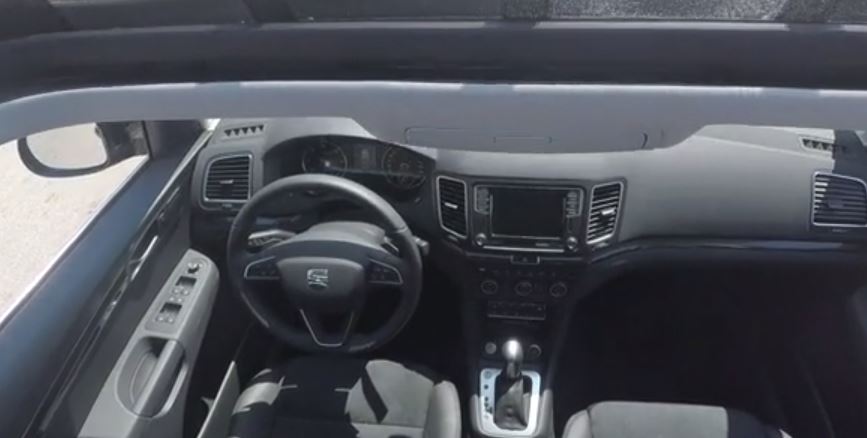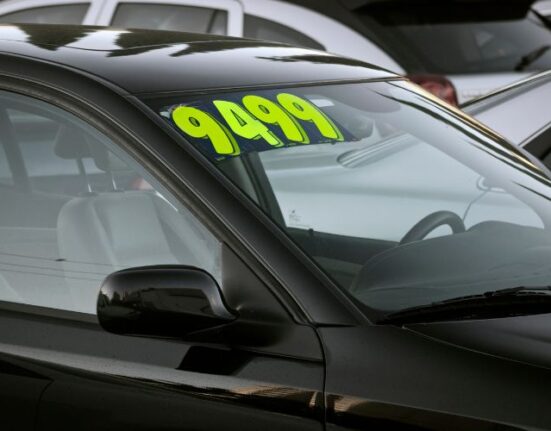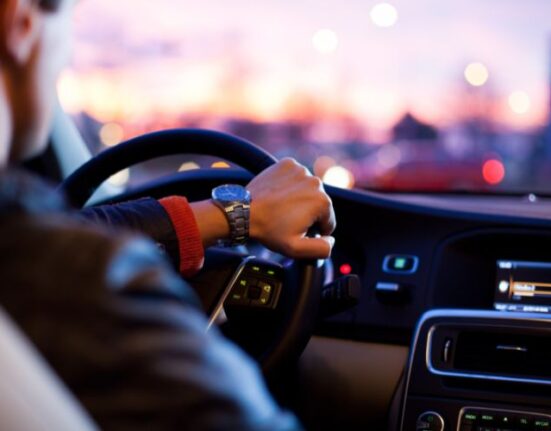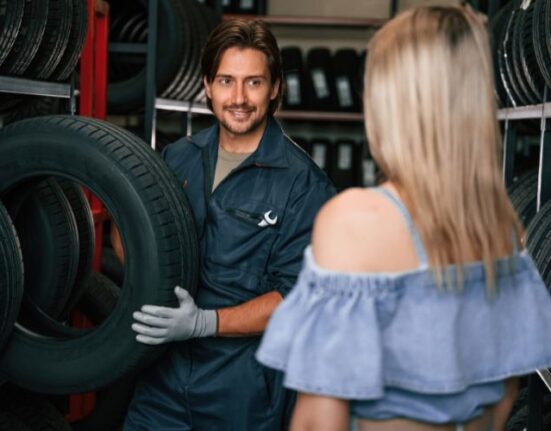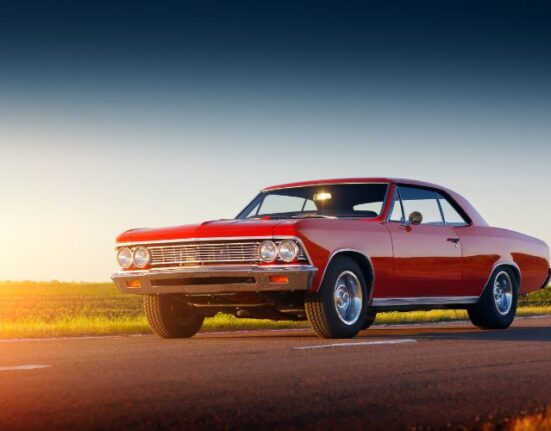1) Turning on the air conditioning full blast as soon as you get in the car: In summer, the interior of a car that has been left parked in the sun can reach 60 degrees Centigrade. That temperature can go back down to 25 degrees in about half an hour if you follow a few easy guidelines. One of the most common mistakes is turning on the air conditioning full blast. “Open the doors and lower the windows for a minute before turning on the air conditioning” is the first recommendation made by Ángel Suárez, an engineer at the SEAT Technical Centre. With this simple move you can “naturally lower the temperature in the interior”. Once the car has been ventilated, you can get in, close the doors and windows and switch on the air conditioning.
2) Keeping the air recirculation option activated: This is another classic mistake that people make, because keeping it on “makes the windows fog up”. Instead, Suárez recommends driving with the Auto option activated so that “the air flow can regulate itself more evenly and efficiently.”
3) Not turning on the air conditioning because the morning is ‘chilly’: Depending on where you are in Europe, some summer mornings can be cool. In spite of this, it’s a good idea to “activate the car’s air conditioning, even if you set the temperature on high” to prevent the windows from fogging up when the outside temperature begins to rise slightly.
4) Pointing the air nozzles incorrectly: “Turn up the air conditioning, I can’t feel anything”, is a request often made by passengers in summer. According to this SEAT expert, most times “it isn’t a matter of temperature, but in which direction the air is flowing inside the car”. In order to get an even distribution of airflow, “the nozzles should be pointing upwards, not towards people’s faces”. With this simple move“the air flows all around the interior of the car and reaches every passenger consistently”.
5) Failing to perform regular maintenance: Just like with the oil, wheels or brake fluid, the air conditioning system on cars also requires specific maintenance. It is recommended to change the filters every 15,000 or 20,000 kilometres to “prevent decreased flow rate and intensity”, adds Ángel Suárez.












